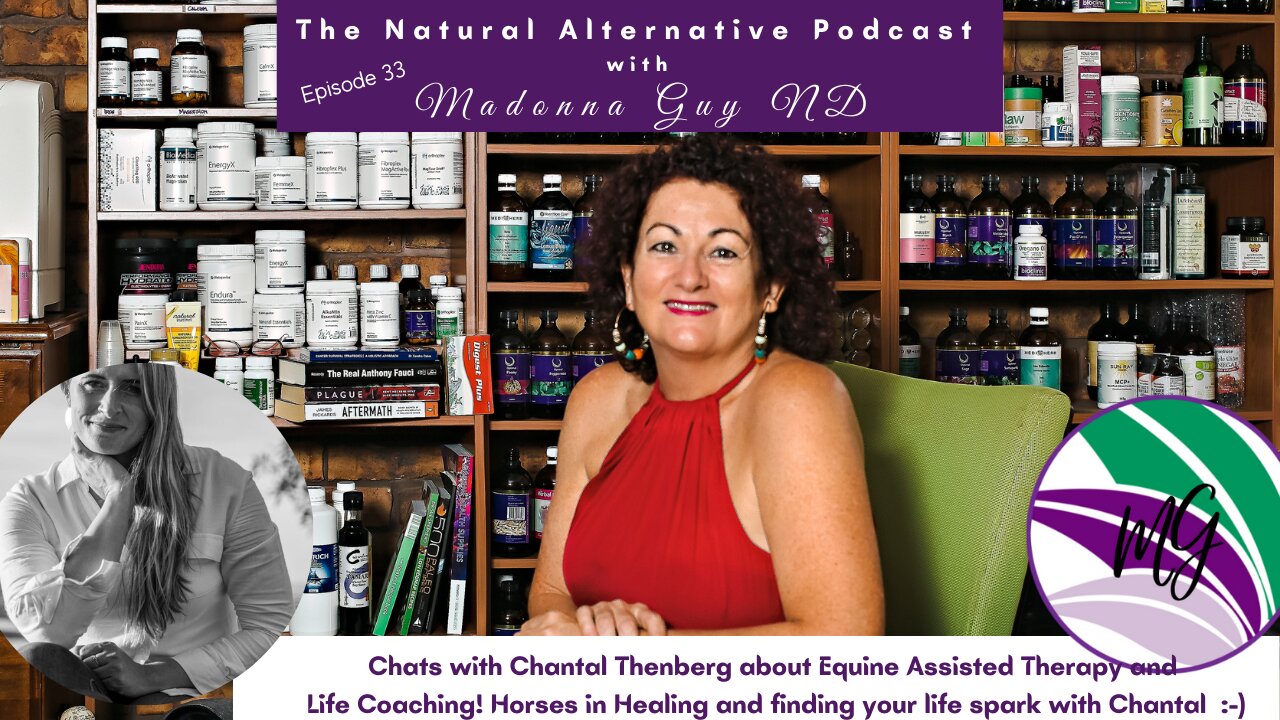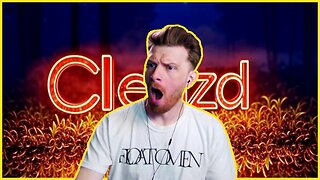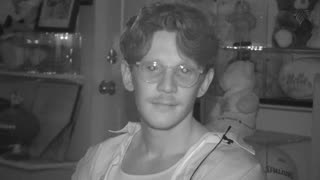Premium Only Content

Equine Assisted Therapy - Horses & Healing & Coaching with Chantal Thenberg!
Equine-assisted therapy (also known as EAP or horse therapy) uses horses for mental health treatment.
The patient takes part in various horse-related activities, including feeding, brushing, riding, and leading.
Besides horse and patient, a horse trainer and a licensed equine therapist are also involved. An equine therapist may have a bachelor’s or master’s degree in animal science or counseling. They may also have professional certifications.
While seemingly a modern technique, knowledge of horseback riding’s health benefits go back to antiquity.
The Ancient Greek physician Hippocrates noted horseback riding’s therapeutic potential in his writings. This is because horses have a natural ability to pick up on human emotions.
Like humans, horses experience emotions and are both intuitive and social with unique personalities.
Horses can analyze and react to human body language, providing people with valuable feedback about themselves.
They can demonstrate self-awareness, trust, leadership, patience, affection, boundaries, and more. They can also mirror human moods without judgment or expectations.
While not always easy to control, by riding horses, people can learn empathy and teamwork. This can carry over to all areas of life.
Clients interact with the horses by using non-verbal communication, creative thinking, and problem-solving skills. Doing so helps them address various mental, emotional, social, behavioral, sensory, and physical needs.
Conditions that equine-assisted therapy is an effective mental health treatment for:
Depression
Anxiety
Post-traumatic stress disorder (PTSD)
Attention deficit disorder (ADD)
Addiction
Trauma
Eating disorders
Types of Equine Assisted Therapy (EAP)
Here are some of the different types of equine-assisted therapy:
Horse Therapy (Therapeutic Riding)
With Therapeutic riding, the patient learns riding techniques. This helps them gain various cognitive, emotional, and physical benefits.
Learning how to control a horse while riding it teaches confidence, self-esteem, coordination, and balance. The connection between the horse and the patient helps the patient build trust and rapport.
Hippotherapy
Named after the Greek word for horse, Hippotherapy can be used as a form of speech, physical, or occupational therapy.
Unlike therapeutic riding, where horse-specific skills are taught, here, the focus is using the horse’s movement as treatment. The sensory input from a horse’s natural gait has various benefits for patients with neuromotor and sensory dysfunction issues.
While a handler leads a horse through different tempos, gaits, and cadences, the rider must adjust their posture and engage different muscles.
Equine-assisted therapy has been successfully used as treatment for cerebral palsy.5
Equine-Assisted Learning (EAL)
EAL uses horses in an educational context to help people develop life skills. People interact with horses to help them develop personal, professional, and social skills such as non-verbal communication and self-confidence.
Equine-Assisted Psychotherapy (EAP)
Equine-assisted psychotherapy involves collaboration between a therapist and a horse trainer. Together, they use horses to treat patients with psychological disorders.
The mental health therapist will work with the client through several sessions to discuss their feelings and behavior patterns that working with horses can bring to light.
Issues that have been treated by this unique form of psychotherapy include:
Grief over a passed loved one
Stress and PTSD
Anger management
Substance abuse
Relationship problems
Other Animal-Assisted Therapies
Other animal-assisted therapies include dogs, cats, and all kinds of domesticated animals to help people recover from or better cope with health problems. This includes everything from anxiety and depression to heart disease and cancer.1
Animals provide comfort and joy. A wealth of studies show that animals’ presence can lift people’s spirits and help diminish their discomforts.9
-
 1:36:49
1:36:49
RiftTV
3 hours agoHow Much is the Government SPYING on You and STEALING Your DATA?! | Almost Serious | Guest: Matt Kim
13.5K1 -
 1:31:26
1:31:26
Glenn Greenwald
4 hours agoAaron Maté on More Russiagate Fallout, Protests in Ukraine, and Israel's Strikes on Syria With Special Guests John Solomon, Marta Havryshko, and Joshua Landis | SYSTEM UPDATE #491
95K24 -
 LIVE
LIVE
Melonie Mac
3 hours agoGo Boom Live Ep 56!
386 watching -
 LIVE
LIVE
Joker Effect
50 minutes agoWHY AREN'T YOU DOING THE RUMBLE CREATOR PROGRAM...? IT BEGINS HERE. Wake up!
615 watching -
 LIVE
LIVE
Jorba4
4 hours ago🔴Live-Jorba4- Rainbow 6 Siege w/ XxXAztecWarrior and Zerrick Gaming
26 watching -
 1:33:40
1:33:40
Mally_Mouse
10 hours agoLet's Hang!! - P.O. Box & Chill - WE HIT 10,000!!!
19.4K3 -
 1:07:08
1:07:08
Playback Request Live
2 hours agoFrom Myspace to Rumble: Supmikecheck in the Creator Spotlight
6.39K1 -
 LIVE
LIVE
Geeks + Gamers
1 hour agoGeeks+Gamers Play- MARIO KART WORLD!
115 watching -
 LIVE
LIVE
Clenzd Gaming
1 hour agoDad Ranked Grind
6 watching -
 31:34
31:34
Friday Beers
3 hours ago $0.69 earnedOur Horrifying Night Drunk Ghost Hunting the Manson Murders
22.5K6